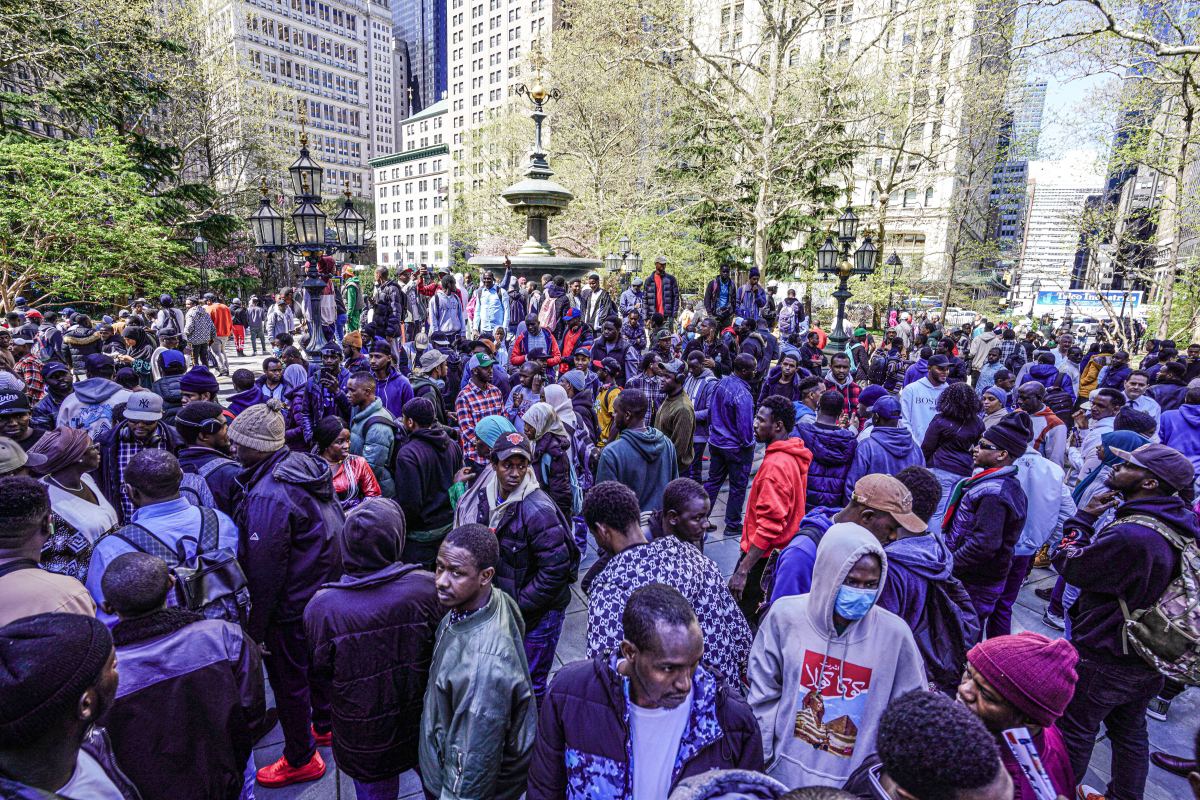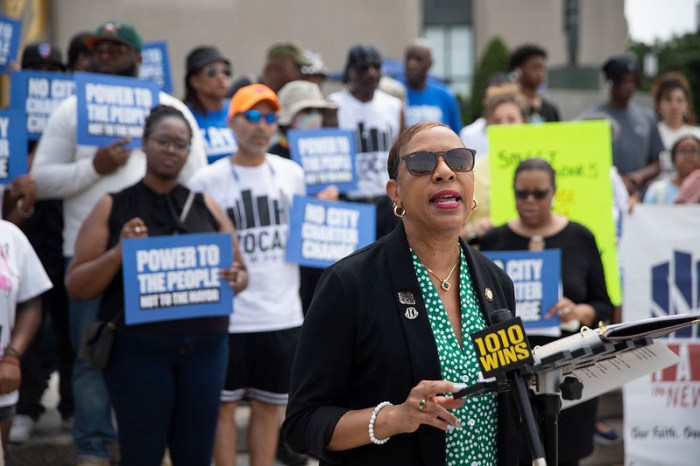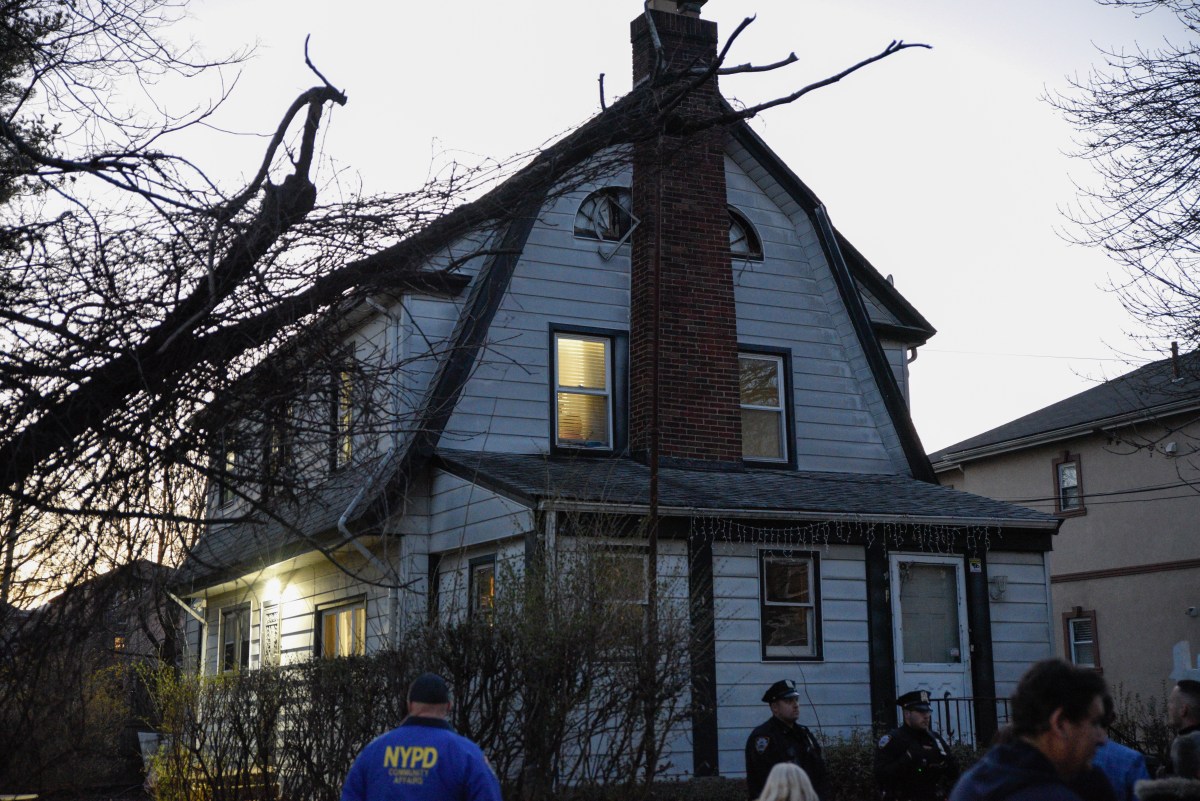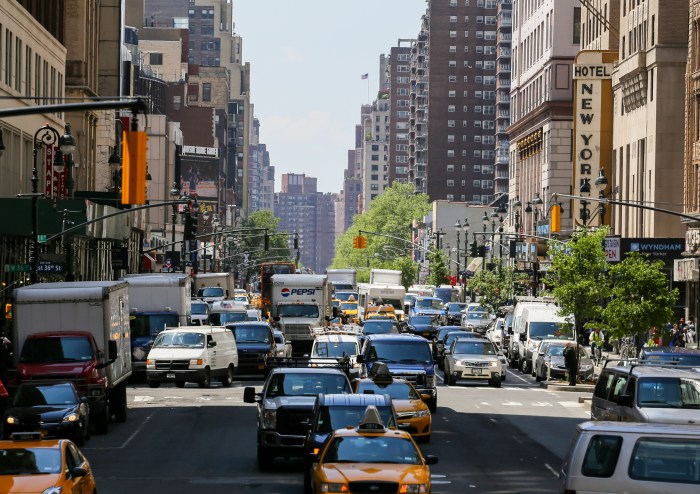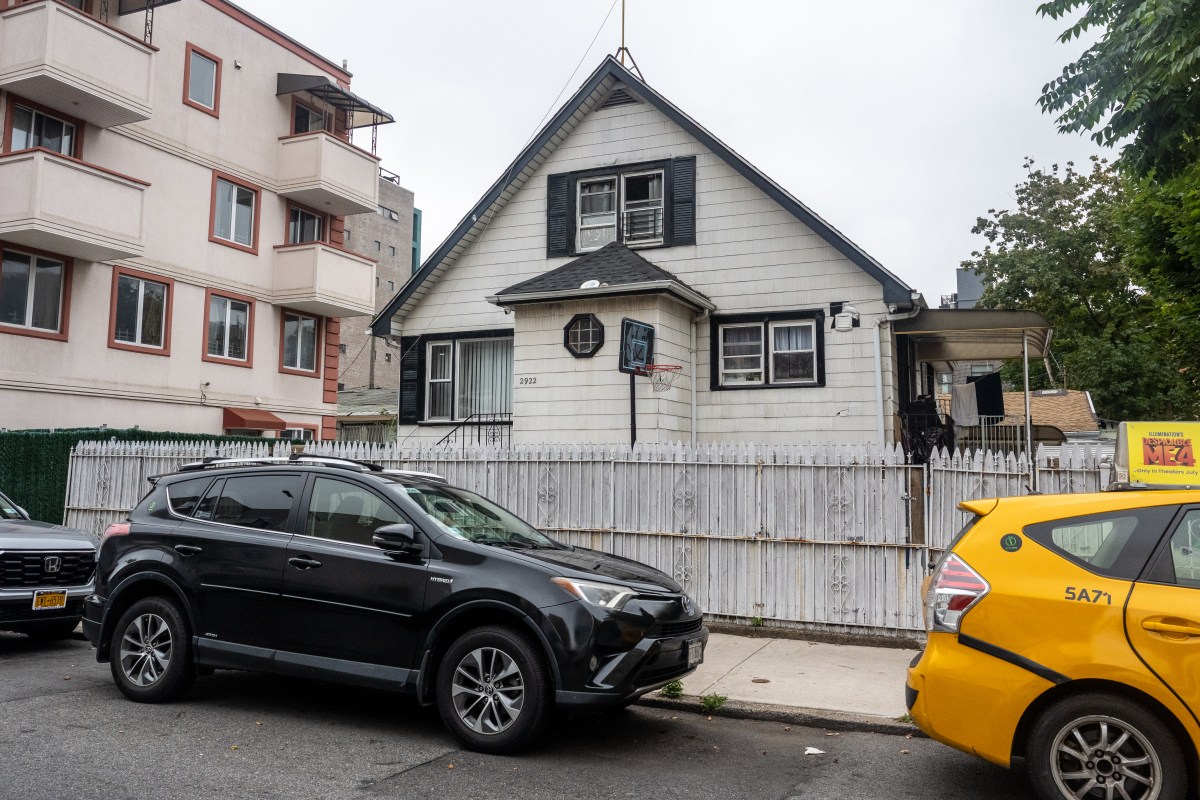Two Council committees representing immigration and hospitals held a joint hearing Tuesday that focused on the experiences of newly arrived Black migrants, drawing a crowd of more than a thousand migrants and newcomers outside City Hall.
City Council Members Alexa Avilés, Mercedes Narcisse and others critical of the mayor’s handling of the migrant crisis grilled members of the Adams administration on efforts being taken to address a myriad of issues pertaining to Black newcomer needs. According to the council members at the hearing, newcomers from countries including Guinea, Haiti, Senegal and others have faced significant problems in accessing shelter and city services as they integrate into the city.
These problems, the council members said, include language access barriers, cultural competency challenges and health needs.
Nearly 200,000 migrants have flooded into NYC since 2022, many arriving from Latin American countries and Africa. The mass influx has resulted in growing economic and humanitarian crises that has had local, state and federal politicians pointing fingers.
“Today’s hearing centers the experience of Black immigrants in NYC and has turned out over 1,000 people,” Avilés, who is chair of the council’s Committee on Immigration, posted on X, formerly Twitter. “We must uproot the anti-Blackness that plagues our systems of Care. This work requires dedication, creativity and a city willing to fund our short, mid and long-term needs.”
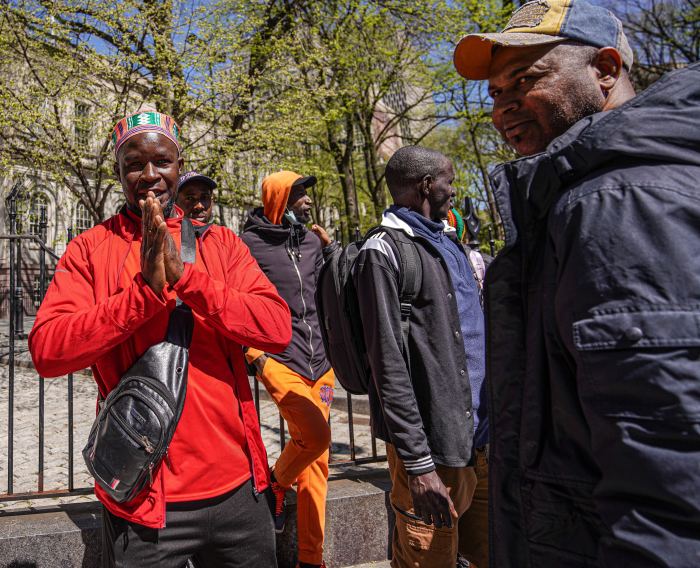
Migrants gather outside City Hall
The gathering outside City Hall grew because, law enforcement sources said, many attendees apparently believed they would receive work visas, a misunderstanding spread on social media. The crowd eventually disbursed in peace while the hearing inside City Hall went on.
Several people from Black migrant and immigrant communities were invited inside to participate in the hearing by giving testimonies on their personal experiences in New York City. One man spoke through an interpreter and explained that he is facing many challenges here after leaving his native Guinea.
“I’m here for political reasons,” the man said. “I was a prisoner in my country and that’s why I fled here. I’ve had a lot of difficulties since I arrived in New York City. I have difficulty finding lodging. I’ve had health problems. And I’ve had a terrible time finding legal representation.”
Advocates for Black migrants and newcomers were also in attendance and demanded more funding for immigrant support services.
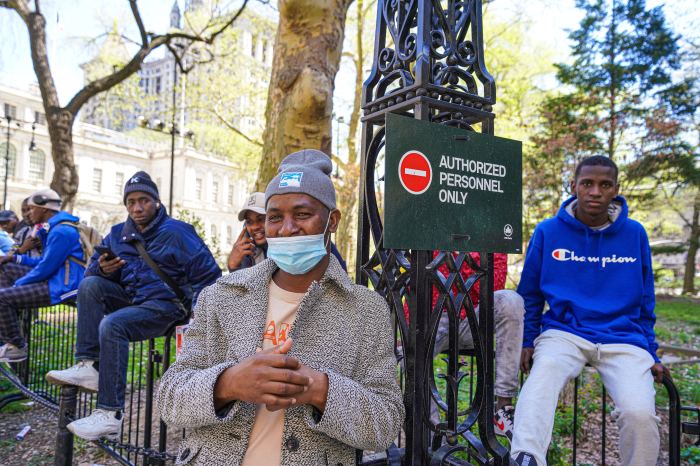
Council members demanded answers from the administration about what is being done to alleviate the challenges faced by immigrants whose first language is not English.
Public Advocate Jumaane Williams said language barriers pose big problems for Black immigrant communities, especially when it comes to housing and other city services.
“Language accessibility is a lifeline for immigrants and opens doors to legal services, housing, economic empowerment and other opportunities,” Williams said. “Many of these migrants are navigating an entirely new city, culture, language and systems after what may have been a long and harrowing journey just to get here.”
Discussions about language centered around the successes and shortcomings of We Speak, a city program that helps newcomers from other countries learn English.
New Arrivals Strategy Team
As the marathon hearing continued throughout the day, NYC Council Speaker Adrienne Adams announced more details about the city’s New Arrivals Strategy Team, a set of experts who will “improve the overall response” to the growing number of migrants arriving in the city.
Members of the team include an advisory board with members who have backgrounds in government, education and public affairs, as well as stakeholders from the areas of language access, children, youth and young adult services, shelter, housing and resettlement, culture and social connections, health and hunger, legal services and support, among others.
According to Adams, the team will evaluate government and non-profit responses to the latest wave of migration into the city.
“In the past two years, tens of thousands of people have come to New York City in search of safety and a better life,” the speaker said. “Managing their arrival and supporting their success has come with challenges, exposing longstanding deficiencies in our social safety net and delivery of city services.”



